What Is A Direct Drive Wheel, And Should I Buy One?
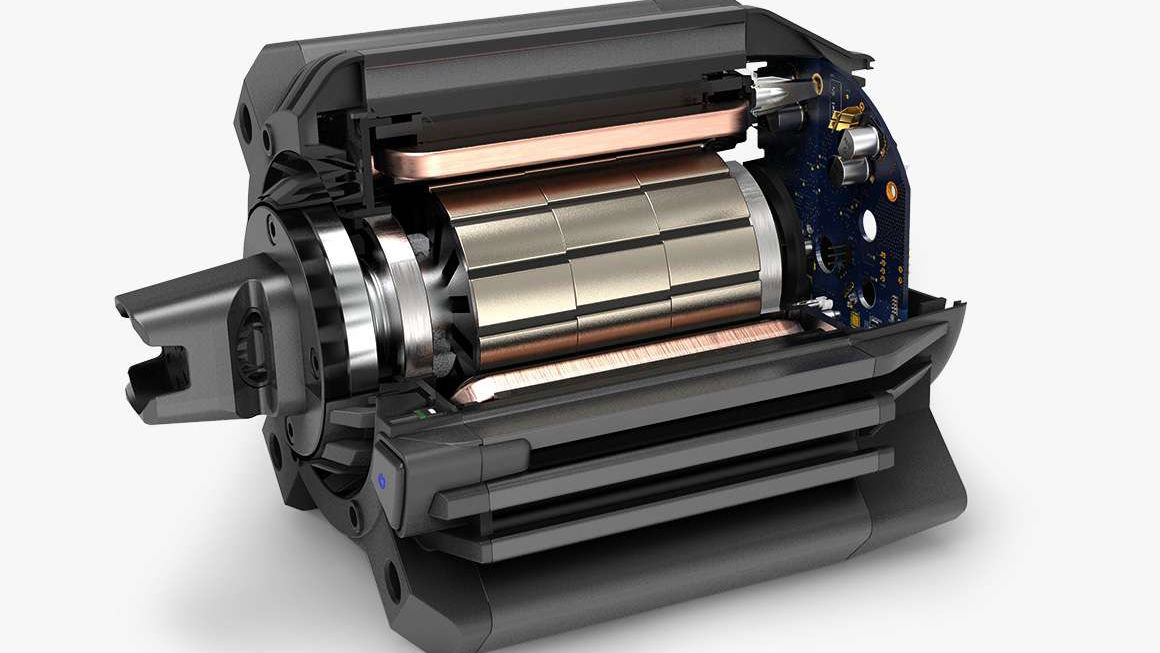
If you’ve taken any interest in serious sim racing, no doubt you’ve heard the term ‘direct drive’.
It’s a type of force feedback used for wheelbases and has very quickly grown in popularity in recent years as prices have shot down and availability has risen, having once been the preserve of very sophisticated, professional-level setups.
What exactly is a direct drive wheel, though, and do you really need one? This guide is here to explain and help you decide.
How does a direct drive wheel work?
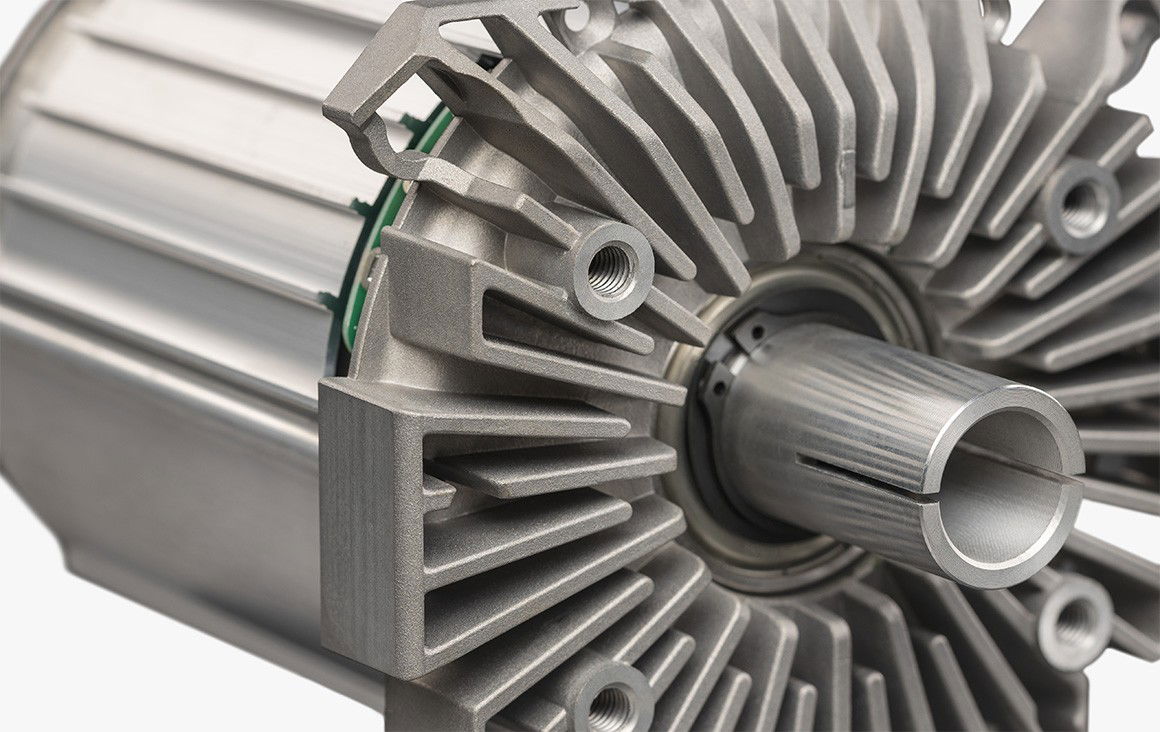
Inside any force feedback racing wheel is a motor which turns signals sent from the game into force that is then sent through the wheel and to your hands to simulate the sensation of driving.
Most commonly used on entry-level wheels are belt-driven systems. As the name implies, this sees has the shaft of the wheel connected to the motor via a belt and gears. The benefit of that is it can amplify the perceived level of torque compared with a motor’s true output, meaning manufacturers can cut costs with a smaller unit. The downside of this is you lose some feel through the wheel, a bit like electric steering racks on new cars.
This is where direct drive comes in. This has the wheel directly connected to the motor, meaning pure, unadulterated torque being sent back to your fingertips. Motors are often considerably larger though, resulting in a higher cost for both production and purchase.
Higher torque figures are usually achieved, though. For example, a belt-driven Logitech G29/G920 – probably the most popular racing wheel on the market – produces 2.2Nm. In comparison, a Fanatec CSL DD, widely seen as the entry point to direct drive wheels, offers 5Nm of torque. They do however have an RRP almost twice that of the Logitech, but we’ll go more into prices shortly.
Who makes direct drive wheels?
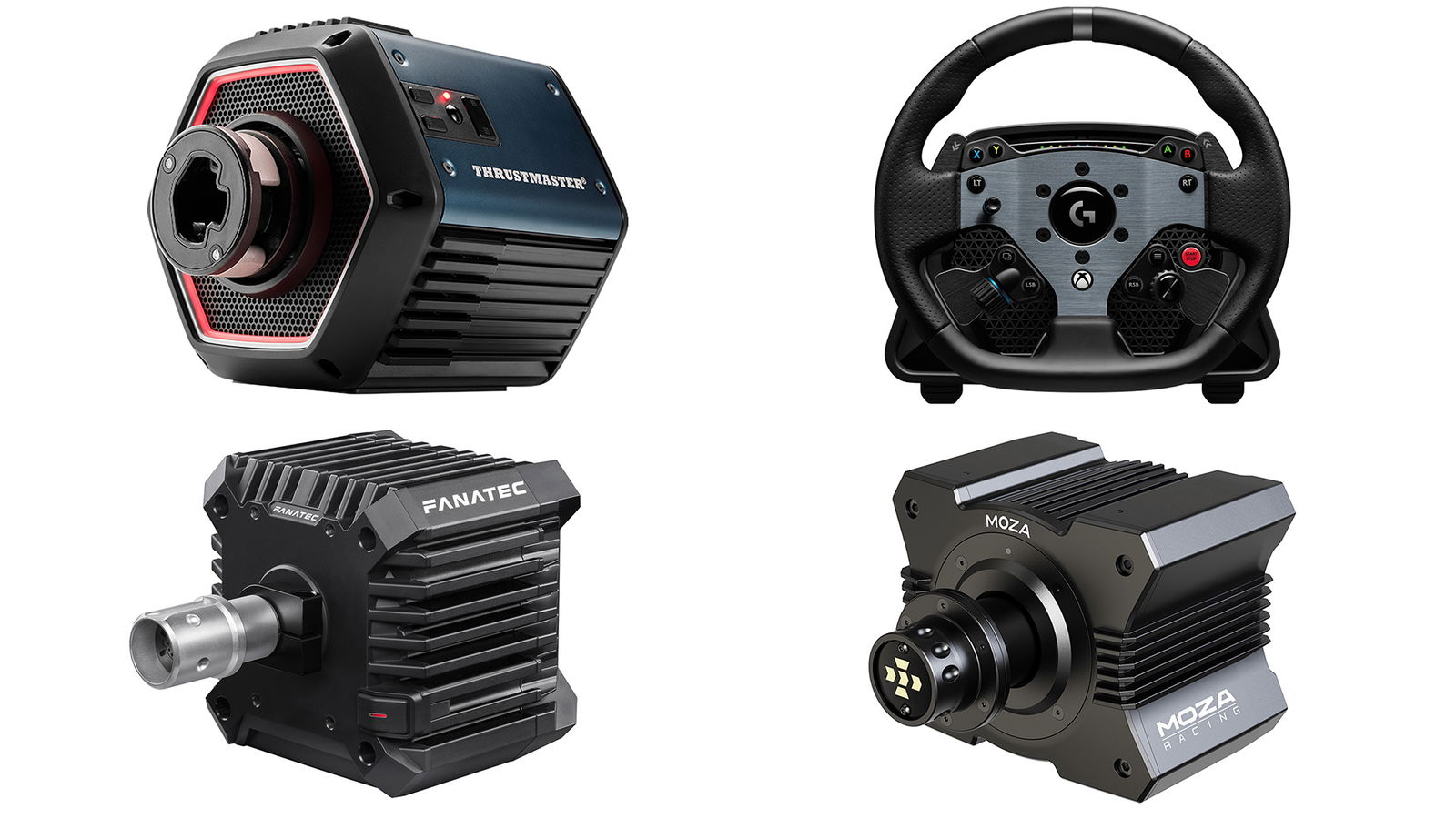
These days, it’d probably be easier to list who doesn’t. Seemingly every manufacturer has a finger in this particular pie now.
Fanatec is probably the name most commonly associated with direct drive wheels, having been the brand that widely commercialised the technology following the introduction of the Podium DD models in 2019 and now offering a wide range of options.
Its closest toe-for-toe competitor is the emerging Moza Racing, which offers everything from 3Nm to 21Nm wheelbases. Traditional brands Logitech and Thrustmaster have recently introduced mid-level options, having come somewhat late to the game.
If you’re taking your sim racing very, very seriously, there are a number of options beyond those as well. Asetek and Simucube are two popular examples of professional-grade equipment, which command high prices but offer practically unrivalled levels of fidelity.
Can I use a direct drive wheel on a console?
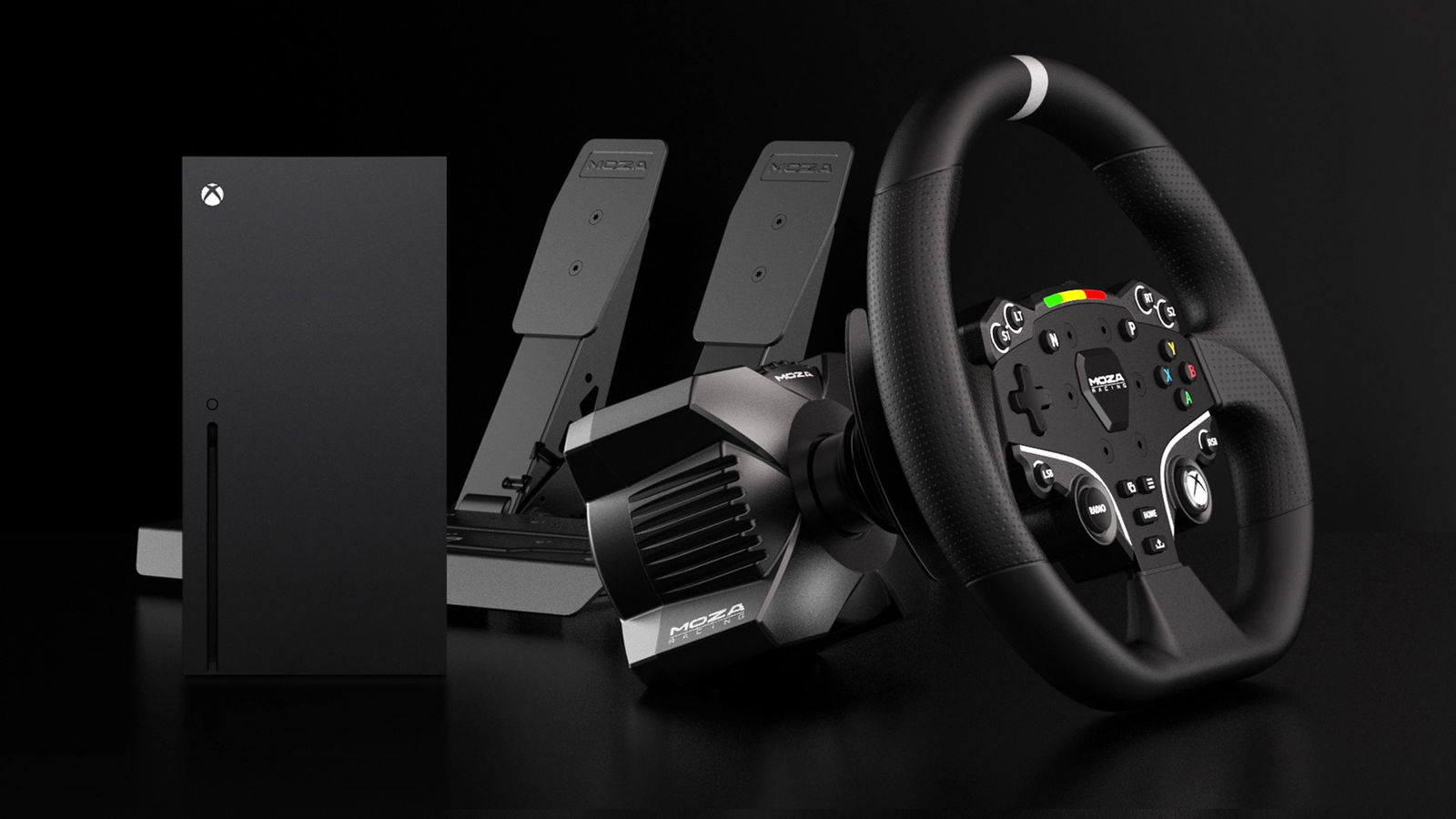
Your options for direct drive wheels on consoles at the moment are a bit limited, and compatibility can be confusing.
On Xbox, Entry-level racers should consider the Moza R3 or Fanatec CSL DD, while the highest-end compatible wheel is the Logitech G Pro Racing Wheel. Even Turtle Beach, you know, the headset people offer an Xbox wheel now.
Compatible versions of the Fanatec and Logitech are available for PlayStation, too. Oh, and in case you wondered, there are none for Nintendo Switch – sorry, no Mario Kart gains to be made here.
Things become more of a headache if you want a wheel that can work on both PlayStation and Xbox, though, as the two are very, very rarely compatible with each other from the get-go.
For reasons we’re not sure of, it’s usually the case that a PlayStation-certified chip to allow a wheel to work is located within the wheelbase, while an Xbox chip is within the wheel rim you’ll attach to that. If you want one for both, we’d recommend opting for a PlayStation-licenced wheelbase from a manufacturer that also offers separate Xbox-licenced wheel rims.
We did say it’s a headache. The good news is though that, in every case we’re aware of, a direct drive wheel will also work on PC no questions asked.
How much does a direct drive wheel cost?
Expect to pay at least £400 for a brand new direct drive wheel, including pedals and a rim, unless you happen to grab one on sale.
Beyond that, the sky is the limit really. Many mid-high-end options hover around £1000 just for the wheelbase, and it’s possible to spend way more than that as you look towards professional-grade equipment.
Should I buy a direct drive wheel?
This really comes down to the budget you’re willing to set yourself for sim racing, and how seriously you want to take it.
The likelihood is you’ll have almost as much, if not more, fun with a cheaper belt-driven wheel than a direct drive one. If you’re new to sim racing and simply want to get a feel for it, that may be the way to go – particularly as they’re often quite cheap in seasonal sales.
However, take the price out of the equation, and any direct drive wheel is likely to be objectively better than a belt-drive option. A direct drive wheel won’t make you faster on its own, but it will give you more fidelity and feel which tends to go hand in hand with improving your virtual lap times. If you want to take the hobby seriously long-term, direct drive is the way to go.

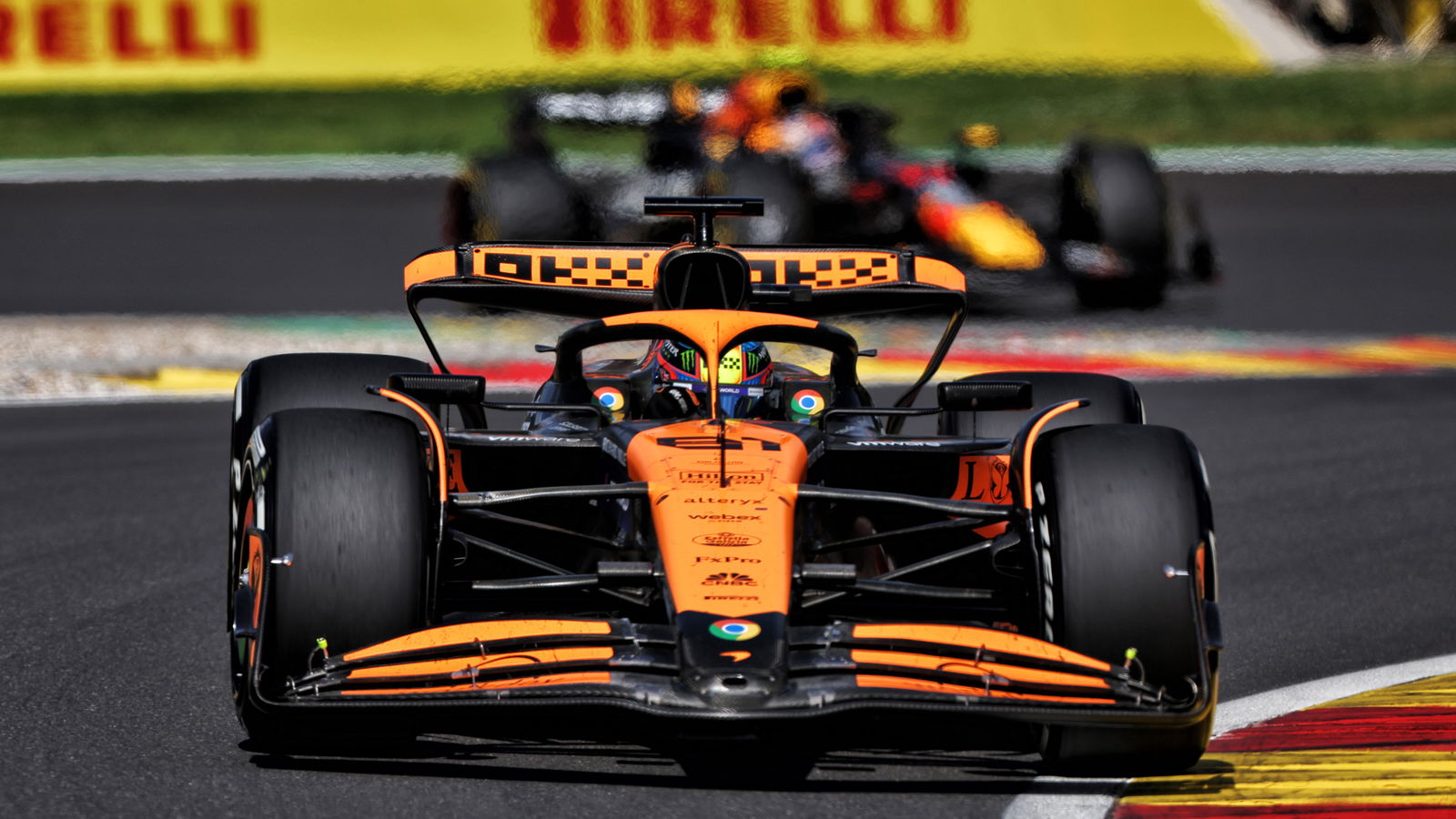

Comments